Social selling is a powerful sales tool that’s gaining groundbreaking momentum in today’s sales environment.
As a sales intelligence tool, social selling is outgrowing traditional sales practices and emerging as a clear winner in both B2B and B2C industries.
With nearly 49% of the world's population using social media, salespeople are riding the waves of a changing selling space to present their products, increase outreach, and pump up revenue streams.
Everyone is trying to make it big on social media, making it difficult to stand out. Different brands are now competing for a social share of similar products and services, leaving no room for new entrants.
Regardless of the tough competition, social selling, if done right, can be highly beneficial for beginners and seasoned professionals alike. It’s the best way to use creativity and connect with the right people at the right time and shine among thousands of others for social media success.
Social selling is the process of building relationships in a sales process where sales reps interact, engage, and connect with their prospects via social media. This process helps them build trust with their customers and attract new leads.
Nigel Edelshain put the science of social selling into practice and coined the term Sales 2.0 that is about salespeople using Web 2.0 tools and social media to sell more effectively.
Edelshain said in an interview that he believed the biggest problem with selling was the prospecting phase. Salespeople were able to put many sales techniques into practice only when a sales rep contacted or met a customer. After the advent of Sales 2.0, the term and concept of social selling became quite popular.
We look at social selling from a social media perspective. However, it's about building relationships in a sales process, either online or offline. Social networks like LinkedIn have gained immense popularity in today's social selling space. These channels are also the ones with the highest social market share.
Regardless of where social selling takes place, interacting with people is an art that requires a specific set of skills to be effective. For social selling, salespeople need sales skills. They can develop these skills through experience, knowledge, and close observation.
Since both the concepts are so closely linked, you can use social media to improve your social selling efforts to meet your sales goals. Social selling techniques like social listening, personal branding, and prospecting can help prepare you for these goals.
Fact: The University of British Columbia first discovered the science of social selling during research. They found that when there are incidental similarities between a buyer and a seller, it’s more likely that a purchase would occur.
Social selling is a fantastic improvement over traditional sales methods. You may have used it as a general social media activity at some point to connect with your sales prospects, if not as a key sales method.
A prospect is a potential customer who is likely to purchase a product or use a service. A prospect can also mean the likelihood that an event will occur. Ideally, prospects are customers who you want to benefit from in one way or the other.
To further illustrate the need for social selling in today's sales environment, let's look at Jessi, an example of a social seller.
Jessi runs a stationery store of handmade and eco-friendly products. She’s set herself up on social media to increase brand engagements through product promotion. Jessi aims at reaching potential buyers and getting conversions via social media.
As her social network grows, she receives messages from individuals and collaborators interested in learning more about her products. She uses these mediums to interact with her target audience and move them forward in the customer journey.
Jessi makes three posts every week on all of her social media profiles and gets her sales messages out. Interested audiences engage with her content by commenting, liking, sharing, sending direct messages (DMs), or even going to her website to make purchases. Jessi actively responds to all the queries she receives to ensure that she doesn't miss any new leads.
What Jessi does is prospect and experiment with the new process to sell her products. She builds relationships with her existing network, shares useful content, and practices social listening.
While it may seem like a good idea for her to jump right into a sales pitch, she adopts thought leadership instead of conventional sales approaches. Jessi builds a personal brand with best practices, which her customers appreciate.
Social selling can be one of the most effective selling techniques when used correctly. You go where your target audience is and take note of their preferences and how they interact with your brand, following their footsteps to provide the best social selling possible. It’s a two-way approach that you need to use to think about yourself and your customers more constructively.
We discussed how Jessi used social selling to build a personal brand and up her sales game. Jessi’s example also shows the difference between two social media concepts often confused with each other: social selling and social media marketing. Let’s take a look.
Social selling is a sales approach used by salespeople to interact and connect with buyers on social media to achieve sales goals. It's more about forming meaningful relationships with prospects, and the end goal is to sell an internet business and generate revenue.
Social media marketing is a marketing approach used by marketers to create and share content on social media to achieve marketing goals. It's about building brand awareness, and the end goal is to build a brand.
Combining social selling and social media marketing can help you build a social powerhouse. Use both these concepts to find sales opportunities and provide the right solutions to your buyers.
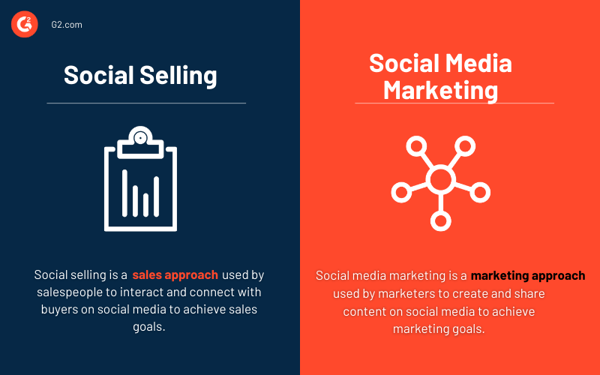
If you have a large sales team to manage, develop a proper social selling strategy to optimize your sales activities and simplify communication. A well-defined social selling strategy always works in your best interest. It’s essential to know how to create it.
A social selling strategy is a guided plan to arrange and manage social selling activities, tools, teams, and systems.
A social selling strategy includes measures to develop, train, and manage salespeople. It helps in structuring your social selling activities. You can add a social selling strategy to your existing sales strategy and follow these nine steps to get started:
Are you confused by the words 'social' and 'media'? Do you think it's better to stick to personal selling than using social media to build customer relationships?
If you answered yes, you’re missing out on a big chunk of one of the fastest growing and highest potential sales channels. It can also be a little worrying to find your competitors pushing their social selling practices. They understand the needs of their target market that enhances their brand value.
Now, how do you do that? By using social media management tools and methods that’ll help you manage your social performance and boost your sales progress.
Social media is the key to social selling, and social media platforms serve as the base for your brand. Let's take a quick look at some of the most popular social media platforms that can improve your social selling efforts.
LinkedIn finds its place at the top in a social selling backdrop as an unparalleled lead generation tool. It’s one of the most well-known professional platforms and a clear winner in the B2B sales space.
of B2B buyers use social media to make buying decisions, out of which 50% use LinkedIn as a trusted source to make purchase decisions.
Source: LinkedIn Sales Solutions
Start social selling on LinkedIn with these steps:
Let's look at Airbnb's LinkedIn page, which is by far the largest platform for booking accommodations worldwide. We can see how they showcase their company's culture and values, which resonates with their audience.
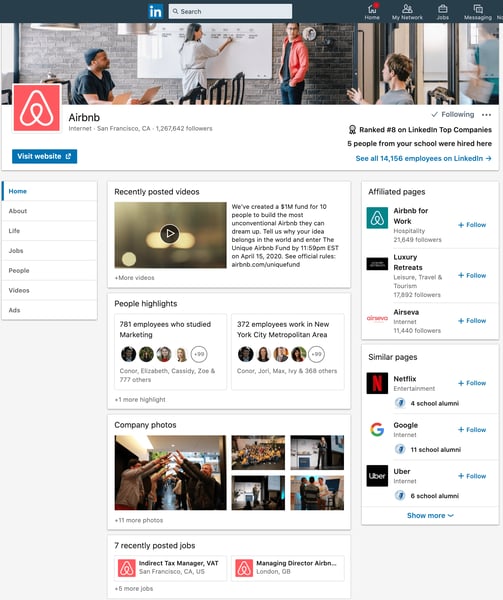
Facebook is no longer solely used to make friends. It’s come a long way as a great social network for personal and business use.
The addition of the Facebook business page brought a massive change for social sellers. One of the most used social media channels is quickly becoming a hot business hub.
When it comes to socializing on Facebook, people use it for many reasons. Some prefer personal use only and don't like business news or branded content blocking their feeds. Take extra care while socializing on FB. It takes a different approach than LinkedIn, which attracts a much more professional audience.
Some of the ways to practice social selling on Facebook are:
Here's another great example of social selling. TechCrunch is an online tech publication innovating its way into increasing brand engagement on Facebook. They use Facebook Chatbot Marketing to connect with users through Messenger Bot, an AI-based assistant.
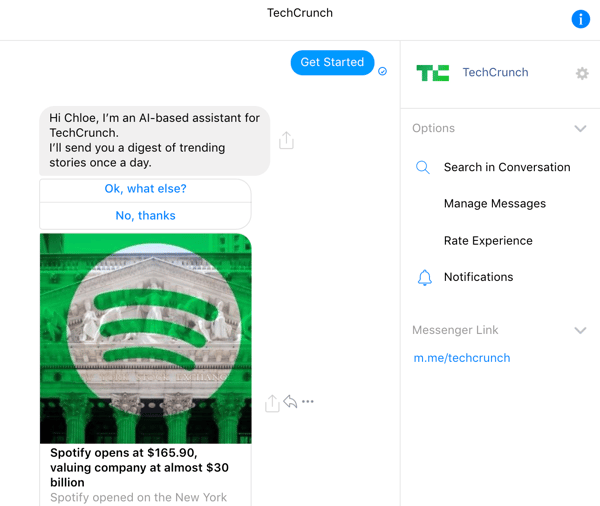
Instagram and Twitter follow different formats intended for different types of users, yet there are some notable similarities between the two.
Both are popular for hashtags. Users follow preferred hashtags to stay updated on current trends and news via daily feeds. While Instagram is a picture blogging site, Twitter is about posting short tweets. Tagging employees or customers is also simple on both Insta and Twitter, and the response time is even better.

Cluse has turned its social feed on Instagram into a digital storefront with great pictures, deals, and offers. They add a personal touch to their products with user-generated content to connect with potential customers.
From a social selling point of view, Twitter doesn’t focus that much on sales. It offers sponsored posts to reach a broad audience but limits irrelevant engagements. Users can report any social activity that appears inept. Make sure you follow the terms of use and do your social selling homework well.
Check out MoonPie's example on Twitter . They add a humorous touch to their content to keep the interaction going.

YouTube is a video sharing platform that helps creators connect with a global audience. Everyone’s aware of YouTube’s growing popularity and the trending debate on whether YouTube is intended for business use.
YouTube helps generate ad revenue, aid product promotions, and drive traffic to websites. It also works as a great social selling tool. As we know, social selling is about reaching out creatively, and YouTube audiences prefer creative content that keeps them engaged. Using the right social selling tools, you can harness the power of YouTube.
You can use influencer marketing and sponsor influencers like Unbox Therapy to review your products and drive traffic to your websites.
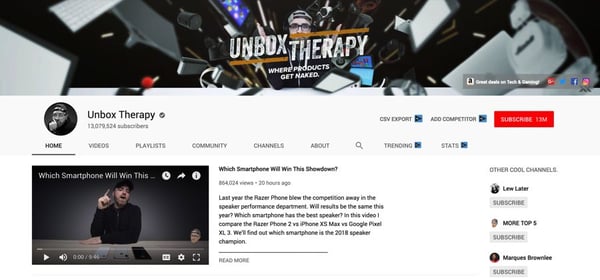
Salespeople need the right tools to manage social media efficiently. Here are some useful social media management tools to aid your selling efforts:
Social media management tools are platforms that make managing social media easy. They function as a one-stop destination to:
Hootsuite is a leading social media dashboard used to improve managing social media. It believes “social is your superpower” and helps integrate social intelligence into social selling strategy.
Using Hootsuite, you can:
Sprout Social is another useful social media management tool. It follows a code that includes social listening, prospecting, engaging, and analyzing as part of a social media strategy. Using Sprout Social, you can:
Are your social selling techniques bringing results? Is your strategy helping your social profiles? Which methods are working better than the others?
To answer the above questions, you need the right metrics to measure your social selling performance and tell you where you’re in your sales process. For tracking these results, use three vital social selling metrics: Social Selling Index (SSI), Klout Score, and Revenue Attribution.
Social Selling Index (SSI) or LinkedIn Social Selling Index is a ranking score developed by LinkedIn that rates how members use LinkedIn as a social selling tool. The SSI measures sales success based on four key elements:
Each of the above items is assigned a value between one and 25. The sum of all four numbers results in a total SSI score.
of social sellers outsell peers who don’t use social media. Also, social selling leaders create 45% more opportunities than peers with lower SSI.
Source: LinkedIn Sales Solutions
Social Selling Index is a multidimensional ranking factor characterized by its simple application and precision. SSI focuses on LinkedIn activity in its ranking method, setting it apart from more result-oriented social selling metrics.
Based on a one to 100 ranking score, the Klout Score is an influence ranking metric that rates a person's social influence across social networks. Klout Score examines the social graph results based on the content created and shared by a person.
Klout Score is a social selling metric that focuses on results, not activity (unlike LinkedIn SSI). This metric is quantified through social gestures or impressions such as the number of retweets, followers, and likes.
Revenue attribution is employed often in B2B sales but is not limited to it. Sales firms like Prudential use revenue attribution to measure social selling effectiveness through quantifiable values. Determined values measure social selling with sales deals closed via social media, both through direct and indirect means.
Revenue attribution is a tricky metric to track social selling progress as it requires a lot of manual work. You may even have to make some changes to your sales data in your CRMs, to ensure it’s measured clearly.
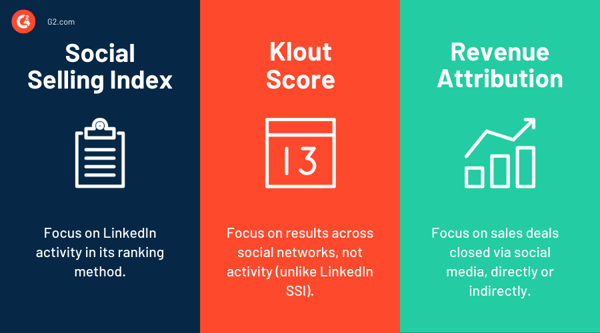
Social selling is an extended idea to cover. Not knowing the basic techniques and the best ways to apply these techniques can throw you off a little. Let’s take a look at five social selling techniques and best practices to keep you going.
Prospecting is the first and most influential step in a sales process. It’s about finding social networks for signals of intent. These signals include buyer intent, geography, prospective status, notable events, and more.
It also includes determining what your potential buyers are looking for. Brands use prospecting strategies to determine how and where to find their target audience and establish the required measures to advance them in the sales process.
Social listening is focusing on brand mentions you receive on social media. These can be references to your products, competitors, industry trends, and so on.
Let's go back to Jessi’s example to understand it better. Jessi came across a forum on LinkedIn where people mentioned her products. They noted how her work benefits the environment, but also that her products are costly, and not everyone can afford them.
Jessi thought about it for a while. She did some math based on what she learned to factor in her notebooks' cost to make them more affordable. Social listening allowed Jessi to discover some loopholes and fix them in time.
Personal branding covers creating powerful social profiles with credible information so that your buyers and prospects can learn more about your brand. It should focus on building a reputation and becoming a thought leader in the social industry.
Sales professionalism refers to behavior, manners, and the way salespeople treat each other and their customers. Sales professionalism is necessary for social selling, where cold calls or cold messages are viewed as bothersome by customers. Sales reps should know how to deal with customers and where to draw the line. It also helps if they combine their selling skills with interpersonal skills and focus on good customer relations.
Employee advocacy is another great way to build your brand. Social media connects your sales team to people who share similar interests. They are curious to learn more about what their network does in their daily life. No PR works better than the recommendations, positive reviews, insights, and news your salespeople share on their network.
When you enter social media for sales on the web, you see several ideas on using social media to grow your business. Yet you’ll find little information about the basic concept of social selling. Although defined and put out by many, there isn’t one version of it.
Since measuring your sales performance can be a little tedious, use sales velocity to make the most of your valuable time and easily measure your success rate.
Saba Saif is a former Senior Content Marketing Specialist at G2, who researched new realms of responsible technology. She's a music fanatic and an ardent traveler who believes the road is her second home. In her free time, you can find her reading, sketching, or trying her best to cook.
Are you utilizing your LinkedIn social selling strategy to the best of your ability?
 by Lauren Pope
by Lauren Pope
Everything is online nowadays – including our professional lives.
 by Izabelle Hundrev
by Izabelle Hundrev
Without careful research, a business that seems lucrative can end up costing more money.
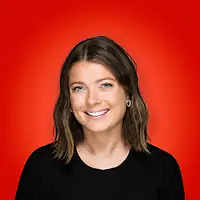 by Deirdre O'Donoghue
by Deirdre O'Donoghue
Are you utilizing your LinkedIn social selling strategy to the best of your ability?
 by Lauren Pope
by Lauren Pope
Everything is online nowadays – including our professional lives.
 by Izabelle Hundrev
by Izabelle Hundrev


